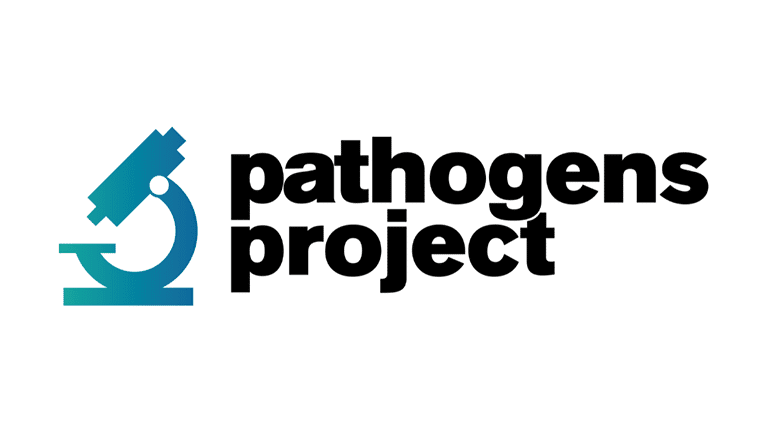A Framework for Tomorrow’s Pathogen Research
Final Report
Chairs
Ravindra Gupta
Ameenah Gurib-Fakim
Shahid Jameel
David Relman
Directors
Jesse Bloom
Filippa Lentzos
February 2024
The benefits of virology research: Reasons for hope
The benefits of virology research
Infectious disease agents include bacteria, viruses, fungi, and parasites; all have had major impacts on public health and welfare. Viruses are among the simplest of these agents and for this reason are more amenable to generation from synthetic DNA given knowledge of a sequence. Viruses can also be highly transmissible and cause rapidly growing outbreaks.
Throughout history, viral diseases have been among humankind’s greatest scourges. It is estimated that at least 17 million people died worldwide over a period of two years during the 1918 influenza pandemic (Spreeuwenberg et al. 2018). Viral diseases such as smallpox and measles have also been major causes of death (Michaud 2009). Prior to initiation of the World Health Organization’s (WHO’s) smallpox eradication program in 1967, it is estimated that smallpox caused over two million deaths annually (Fenner 1993). Likewise, prior to the development and widespread use of measles vaccines, it is estimated that measles caused more than two million deaths of children annually. By 2021, the WHO reported an estimated 128,000 deaths per year from measles, a major decrease primarily due to vaccination (WHO n.d.a; WHO 2023).
In multiple instances, basic scientific knowledge obtained from studying viruses has been an essential step in creating lifesaving countermeasures. Today, disease burdens due to influenza, COVID-19, poliomyelitis, and hepatitis C are reduced through the use of therapeutics and vaccines, developed in part by leveraging basic research to gain detailed virologic knowledge. Antiviral drugs now also play a central role in treating HIV/AIDS and reducing transmission, raising the prospect for the first time that the world may bring a viral pandemic under control without a vaccine.
The development of COVID-19 vaccines provides an important example of how modern scientific research can rapidly yield benefits for public health. Within a year of the publication of the SARS-CoV-2 genome sequence, several companies produced vaccines that during the first year of use are estimated to have prevented approximately 14–20 million deaths worldwide (Watson et al. 2022). Scientists were able to develop these vaccines rapidly thanks to the convergence of multiple scientific advances accumulated from decades of prior research, including basic research into the properties of betacoronavirus spike proteins and methods to stabilize them for use in vaccines, development of assays for antibody-based neutralization of betacoronaviruses, and new vaccine technologies (e.g., mRNA-based platforms). Another important example is the research that has gone into first developing, and then adapting, trivalent oral poliomyelitis vaccines to monovalent oral poliomyelitis vaccines when trivalent vaccines were proven less effective in providing an immune response to poliovirus types 1 and 3. When the number of type 2 vaccine-derived polioviruses increased in the 2020s, further research led to the development of a new and more stable oral polio vaccine (Wilkinson et al. 2023; Bandyopadhyah 2015).
The development of vaccines, enabled in part by research in virology and immunology, has greatly benefited public health and will continue to do so in the future.
Next section ⇢
